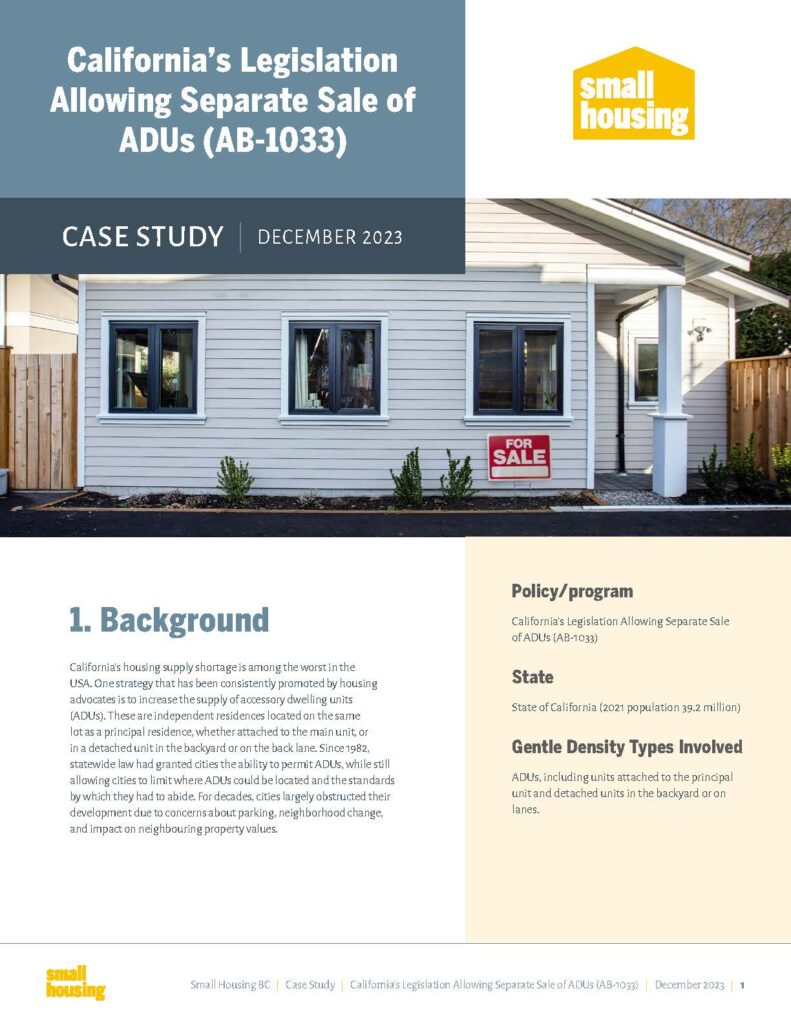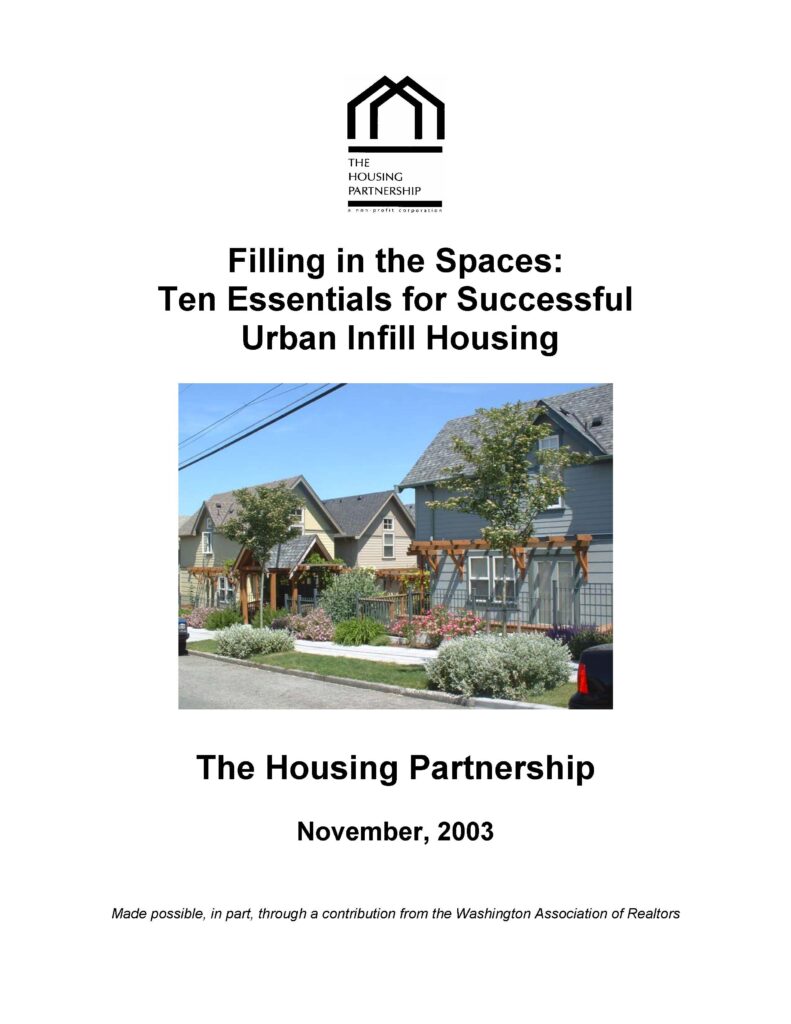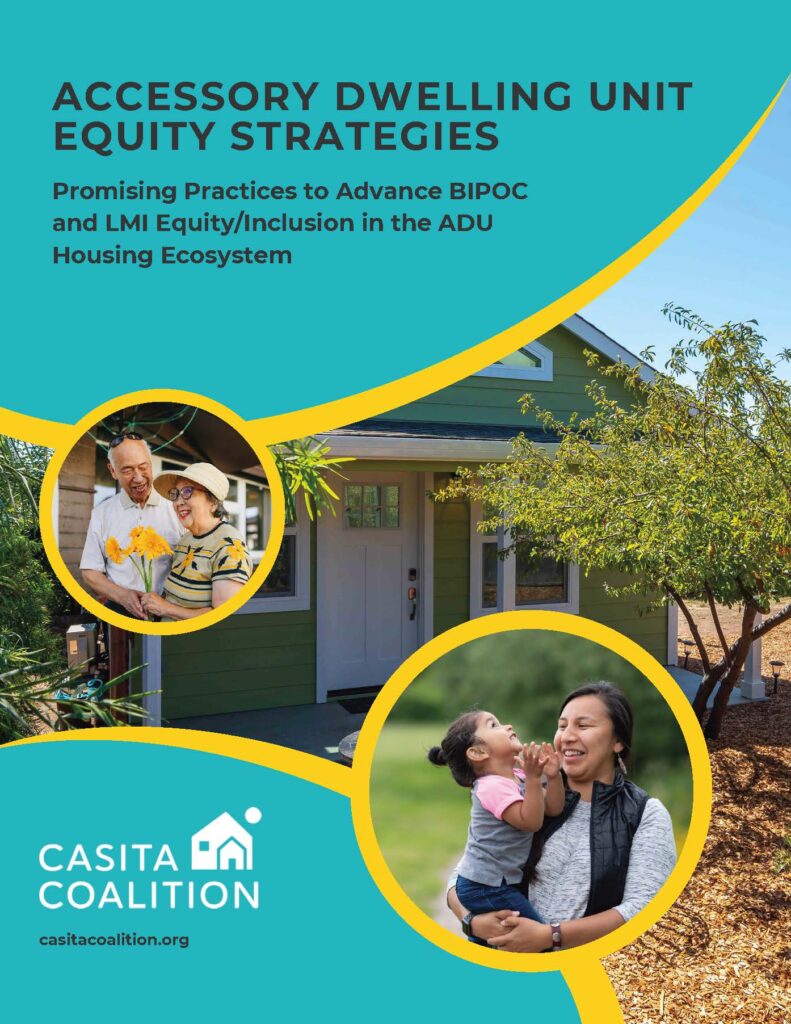
California ADU Reform: Removing Barriers to Small-Scale, Affordable Housing
California faces one of the most severe housing shortages in the United States. Accessory dwelling units (ADUs) — small, attached or detached homes on the same lot — offer a promising solution, yet local restrictions long limited their development.
This case study explores the Casita Coalition’s successful advocacy for legislation that removes key ADU barriers, giving cities the option to allow ADU sales. Passed in fall 2023, the law takes effect in 2024, opening new opportunities for affordable, small-scale housing.
See how policy reform is unlocking ADU potential across California.
Keywords: California ADU reform; accessory dwelling units; gentle density housing; affordable housing California; Casita Coalition; ADU policy change; small-scale multi-unit housing; housing shortage solutions; missing middle housing; ADU sales legislation







